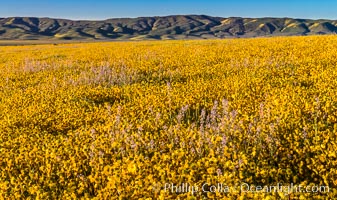
Wildflowers bloom across Carrizo Plains National Monument, during the 2017 Superbloom.
Location: Carrizo Plain National Monument, California
Image ID: 33255
Location: Carrizo Plain National Monument, California
Image ID: 33255
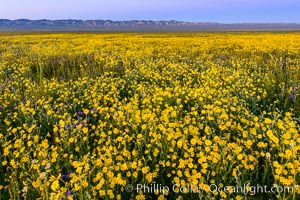
Wildflowers bloom across Carrizo Plains National Monument, during the 2017 Superbloom.
Location: Carrizo Plain National Monument, California
Image ID: 33249
Location: Carrizo Plain National Monument, California
Image ID: 33249

Panorama of Mount St. Helens, viewed from Johnston Ridge.
Location: Mount St. Helens National Volcanic Monument, Washington
Image ID: 19118
Panorama dimensions: 3058 x 14970
Location: Mount St. Helens National Volcanic Monument, Washington
Image ID: 19118
Panorama dimensions: 3058 x 14970
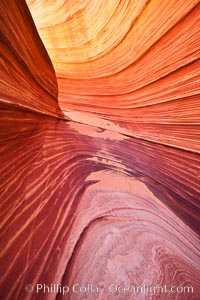
The Wave, an area of fantastic eroded sandstone featuring beautiful swirls, wild colors, countless striations, and bizarre shapes set amidst the dramatic surrounding North Coyote Buttes of Arizona and Utah. The sandstone formations of the North Coyote Buttes, including the Wave, date from the Jurassic period. Managed by the Bureau of Land Management, the Wave is located in the Paria Canyon-Vermilion Cliffs Wilderness and is accessible on foot by permit only.
Location: North Coyote Buttes, Paria Canyon-Vermilion Cliffs Wilderness, Arizona
Image ID: 20609
Location: North Coyote Buttes, Paria Canyon-Vermilion Cliffs Wilderness, Arizona
Image ID: 20609

Monument Valley panorama, a composite of four individual photographs.
Location: Monument Valley, Arizona
Image ID: 20902
Panorama dimensions: 3152 x 13775
Location: Monument Valley, Arizona
Image ID: 20902
Panorama dimensions: 3152 x 13775
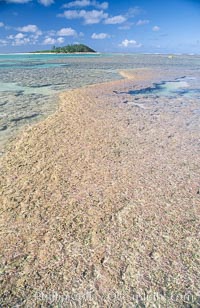
coralline algae reef.
Species: Coralline algae, Porolithon
Location: Rose Atoll National Wildlife Sanctuary, American Samoa
Image ID: 00729
Species: Coralline algae, Porolithon
Location: Rose Atoll National Wildlife Sanctuary, American Samoa
Image ID: 00729
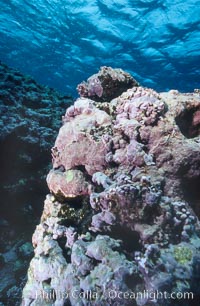
Pink coralline algae.
Species: Coralline algae, Porolithon
Location: Rose Atoll National Wildlife Sanctuary, American Samoa
Image ID: 00760
Species: Coralline algae, Porolithon
Location: Rose Atoll National Wildlife Sanctuary, American Samoa
Image ID: 00760
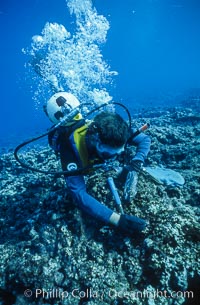
Paul W. Gabrielson, Ph.D., collecting algae and coral samples.
Location: Rose Atoll National Wildlife Sanctuary, American Samoa
Image ID: 00824
Location: Rose Atoll National Wildlife Sanctuary, American Samoa
Image ID: 00824

White (or fairy) tern.
Species: Fairy tern, Gygis alba
Location: Rose Atoll National Wildlife Sanctuary, American Samoa
Image ID: 00865
Species: Fairy tern, Gygis alba
Location: Rose Atoll National Wildlife Sanctuary, American Samoa
Image ID: 00865
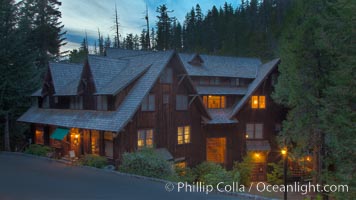
The Chateau at Oregon Caves National Monument. Considered one of the National Park System's classic Great Lodges, and a National Historic Landmark, the Chateau was completed in 1934. The Chateau is a six-story structure with a reinforced concrete foundation and a superstructure of wood frame construction with enormous post and beam interior supports. The building spans a small gorge and a great deal of the building's mass is banked into that depression. Exterior walls are shiplap siding sheathed with cedar bark, giving the building a shaggy, rustic appearance.
Location: Oregon Caves National Monument
Image ID: 25860
Location: Oregon Caves National Monument
Image ID: 25860

Les Invalides, officially known as L'Hotel national des Invalides (The National Residence of the Invalids), is a complex of buildings in the 7th arrondissement of Paris, France, containing museums and monuments, all relating to the military history of France, as well as a hospital and a retirement home for war veterans, the building's original purpose.
Location: Hotel National des Invalides, Paris, France
Image ID: 28161
Location: Hotel National des Invalides, Paris, France
Image ID: 28161
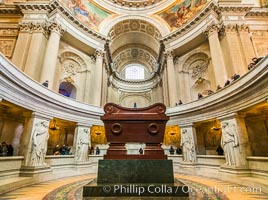
Tomb of Napolean Bonaparte in Les Invalides. Les Invalides, officially known as L'Hotel national des Invalides (The National Residence of the Invalids), is a complex of buildings in the 7th arrondissement of Paris, France, containing museums and monuments, all relating to the military history of France, as well as a hospital and a retirement home for war veterans, the building's original purpose.
Location: Hotel National des Invalides, Paris, France
Image ID: 28122
Location: Hotel National des Invalides, Paris, France
Image ID: 28122
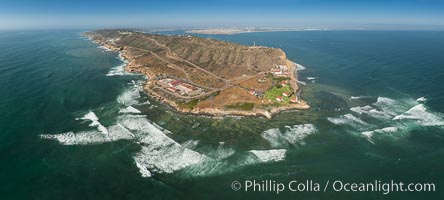
Aerial Panoramic Photo of Point Loma and Cabrillo Monument.
Location: San Diego, California
Image ID: 30847
Panorama dimensions: 6195 x 13742
Location: San Diego, California
Image ID: 30847
Panorama dimensions: 6195 x 13742
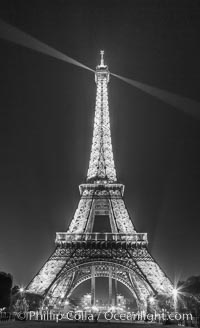
La Tour Eiffel. The Eiffel Tower is an iron lattice tower located on the Champ de Mars in Paris, named after the engineer Gustave Eiffel, who designed the tower in 1889 as the entrance arch to the 1889 World's Fair. The Eiffel tower is the tallest structure in Paris and the most-visited paid monument in the world.
Location: Tour Eiffel, Paris, France
Image ID: 28208
Location: Tour Eiffel, Paris, France
Image ID: 28208
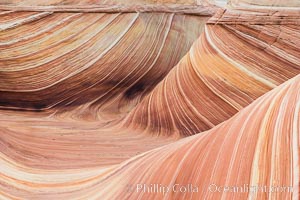
The Wave in the North Coyote Buttes, an area of fantastic eroded sandstone featuring beautiful swirls, wild colors, countless striations, and bizarre shapes set amidst the dramatic surrounding North Coyote Buttes of Arizona and Utah. The sandstone formations of the North Coyote Buttes, including the Wave, date from the Jurassic period. Managed by the Bureau of Land Management, the Wave is located in the Paria Canyon-Vermilion Cliffs Wilderness and is accessible on foot by permit only.
Location: North Coyote Buttes, Paria Canyon-Vermilion Cliffs Wilderness, Arizona
Image ID: 28609
Location: North Coyote Buttes, Paria Canyon-Vermilion Cliffs Wilderness, Arizona
Image ID: 28609
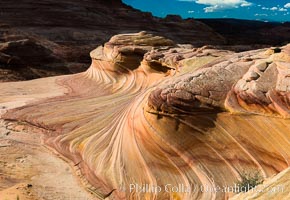
The Second Wave at sunset. The Second Wave, a curiously-shaped sandstone swirl, takes on rich warm tones and dramatic shadowed textures at sunset. Set in the North Coyote Buttes of Arizona and Utah, the Second Wave is characterized by striations revealing layers of sedimentary deposits, a visible historical record depicting eons of submarine geology.
Location: North Coyote Buttes, Paria Canyon-Vermilion Cliffs Wilderness, Arizona
Image ID: 28615
Location: North Coyote Buttes, Paria Canyon-Vermilion Cliffs Wilderness, Arizona
Image ID: 28615
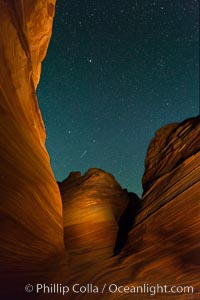
The Wave at Night, under a clear night sky full of stars. The Wave, an area of fantastic eroded sandstone featuring beautiful swirls, wild colors, countless striations, and bizarre shapes set amidst the dramatic surrounding North Coyote Buttes of Arizona and Utah. The sandstone formations of the North Coyote Buttes, including the Wave, date from the Jurassic period. Managed by the Bureau of Land Management, the Wave is located in the Paria Canyon-Vermilion Cliffs Wilderness and is accessible on foot by permit only.
Location: North Coyote Buttes, Paria Canyon-Vermilion Cliffs Wilderness, Arizona
Image ID: 28624
Location: North Coyote Buttes, Paria Canyon-Vermilion Cliffs Wilderness, Arizona
Image ID: 28624
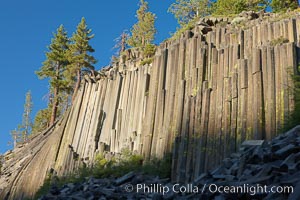
Devil's Postpile, a spectacular example of columnar basalt. Once molten and under great pressure underground, the lava that makes up Devil's Postpile cooled evenly and slowly, contracting and fracturing into polygonal-sided columns. The age of the formation is estimated between 100 and 700 thousand years old. Sometime after the basalt columns formed, a glacier passed over the formation, cutting and polishing the tops of the columns. The columns have from three to seven sides, varying because of differences in how quickly portions of the lava cooled.
Location: Devils Postpile National Monument, California
Image ID: 23266
Location: Devils Postpile National Monument, California
Image ID: 23266
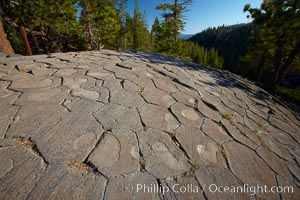
Devil's Postpile, a spectacular example of columnar basalt. Once molten and under great pressure underground, the lava that makes up Devil's Postpile cooled evenly and slowly, contracting and fracturing into polygonal-sided columns. The age of the formation is estimated between 100 and 700 thousand years old. Sometime after the basalt columns formed, a glacier passed over the formation, cutting and polishing the tops of the columns. The columns have from three to seven sides, varying because of differences in how quickly portions of the lava cooled.
Location: Devils Postpile National Monument, California
Image ID: 23267
Location: Devils Postpile National Monument, California
Image ID: 23267
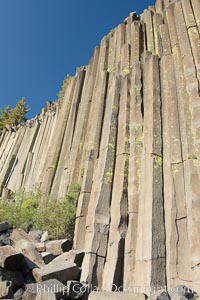
Devil's Postpile, a spectacular example of columnar basalt. Once molten and under great pressure underground, the lava that makes up Devil's Postpile cooled evenly and slowly, contracting and fracturing into polygonal-sided columns. The age of the formation is estimated between 100 and 700 thousand years old. Sometime after the basalt columns formed, a glacier passed over the formation, cutting and polishing the tops of the columns. The columns have from three to seven sides, varying because of differences in how quickly portions of the lava cooled.
Location: Devils Postpile National Monument, California
Image ID: 23285
Location: Devils Postpile National Monument, California
Image ID: 23285
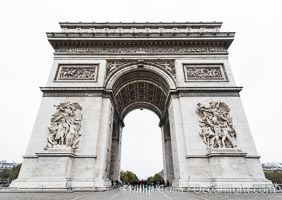
Arc de Triomphe. The Arc de Triomphe (Arc de Triomphe de l'Etoile) is one of the most famous monuments in Paris. It stands in the centre of the Place Charles de Gaulle (originally named Place de l'Etoile), at the western end of the Champs-Elysees. The Arc de Triomphe (in English: "Triumphal Arch") honors those who fought and died for France in the French Revolutionary and the Napoleonic Wars, with the names of all French victories and generals inscribed on its inner and outer surfaces. Beneath its vault lies the Tomb of the Unknown Soldier from World War I. The monument was designed by Jean Chalgrin in 1806, and its iconographic program pitted heroically nude French youths against bearded Germanic warriors in chain mail. It set the tone for public monuments, with triumphant patriotic messages. The monument stands 50 metres (164 ft) in height, 45 m (148 ft) wide and 22 m (72 ft) deep.
Location: Arc de Triomphe, Paris, France
Image ID: 28084
Location: Arc de Triomphe, Paris, France
Image ID: 28084
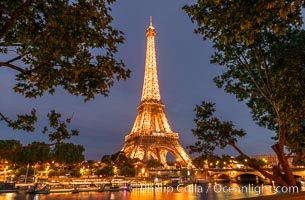
La Tour Eiffel. The Eiffel Tower is an iron lattice tower located on the Champ de Mars in Paris, named after the engineer Gustave Eiffel, who designed the tower in 1889 as the entrance arch to the 1889 World's Fair. The Eiffel tower is the tallest structure in Paris and the most-visited paid monument in the world.
Location: Tour Eiffel, Paris, France
Image ID: 35626
Location: Tour Eiffel, Paris, France
Image ID: 35626
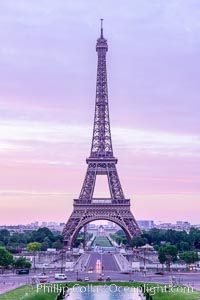
La Tour Eiffel. The Eiffel Tower is an iron lattice tower located on the Champ de Mars in Paris, named after the engineer Gustave Eiffel, who designed the tower in 1889 as the entrance arch to the 1889 World's Fair. The Eiffel tower is the tallest structure in Paris and the most-visited paid monument in the world.
Location: Tour Eiffel, Paris, France
Image ID: 35641
Location: Tour Eiffel, Paris, France
Image ID: 35641
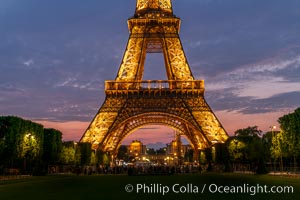
La Tour Eiffel. The Eiffel Tower is an iron lattice tower located on the Champ de Mars in Paris, named after the engineer Gustave Eiffel, who designed the tower in 1889 as the entrance arch to the 1889 World's Fair. The Eiffel tower is the tallest structure in Paris and the most-visited paid monument in the world.
Location: Tour Eiffel, Paris, France
Image ID: 35643
Location: Tour Eiffel, Paris, France
Image ID: 35643
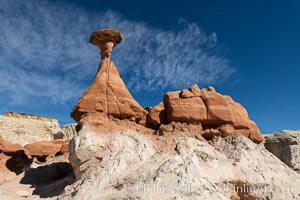
Toadstool Hoodoos near the Paria Rimrocks, Grand Staircase Escalante National Monument. These hoodoos form when erosion occurs around but not underneath a more resistant caprock that sits atop of the hoodoo spire.
Location: Grand Staircase - Escalante National Monument, Utah
Image ID: 37782
Location: Grand Staircase - Escalante National Monument, Utah
Image ID: 37782
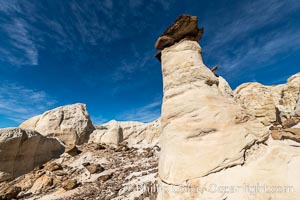
Toadstool Hoodoos near the Paria Rimrocks, Grand Staircase Escalante National Monument. These hoodoos form when erosion occurs around but not underneath a more resistant caprock that sits atop of the hoodoo spire.
Location: Grand Staircase - Escalante National Monument, Utah
Image ID: 37785
Location: Grand Staircase - Escalante National Monument, Utah
Image ID: 37785
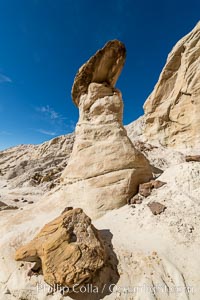
Toadstool Hoodoos near the Paria Rimrocks, Grand Staircase Escalante National Monument. These hoodoos form when erosion occurs around but not underneath a more resistant caprock that sits atop of the hoodoo spire.
Location: Grand Staircase - Escalante National Monument, Utah
Image ID: 37786
Location: Grand Staircase - Escalante National Monument, Utah
Image ID: 37786
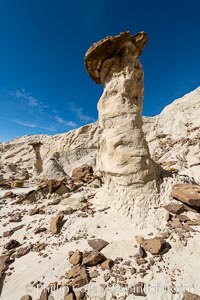
Toadstool Hoodoos near the Paria Rimrocks, Grand Staircase Escalante National Monument. These hoodoos form when erosion occurs around but not underneath a more resistant caprock that sits atop of the hoodoo spire.
Location: Grand Staircase - Escalante National Monument, Utah
Image ID: 37787
Location: Grand Staircase - Escalante National Monument, Utah
Image ID: 37787
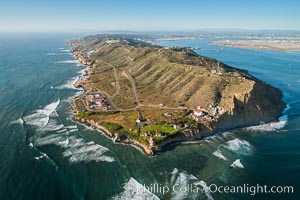
Aerial Photo of Cabrillo Monument and Point Loma.
Image ID: 30759
Image ID: 30759
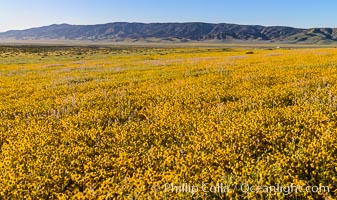
Wildflowers bloom across Carrizo Plains National Monument, during the 2017 Superbloom.
Location: Carrizo Plain National Monument, California
Image ID: 33256
Location: Carrizo Plain National Monument, California
Image ID: 33256